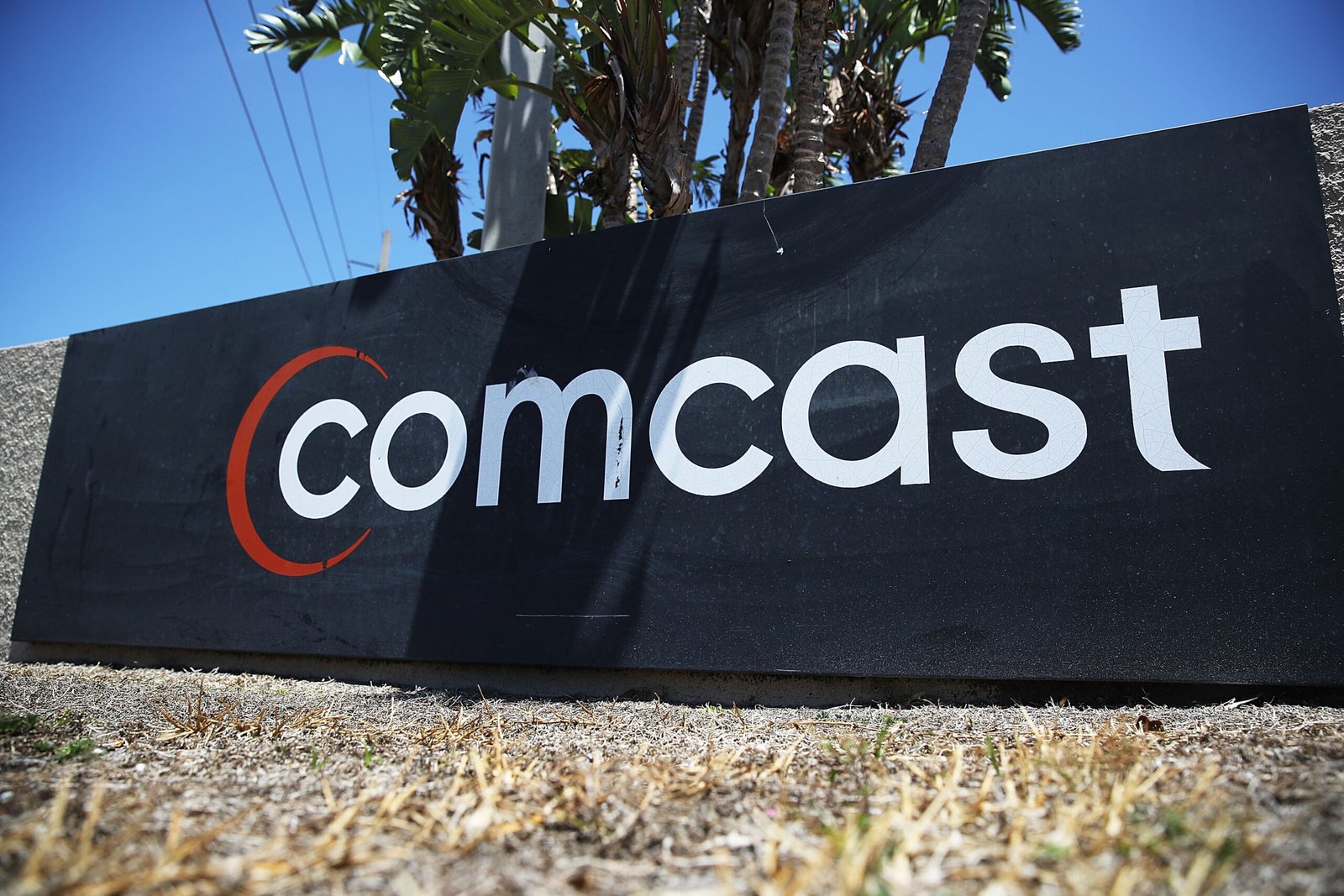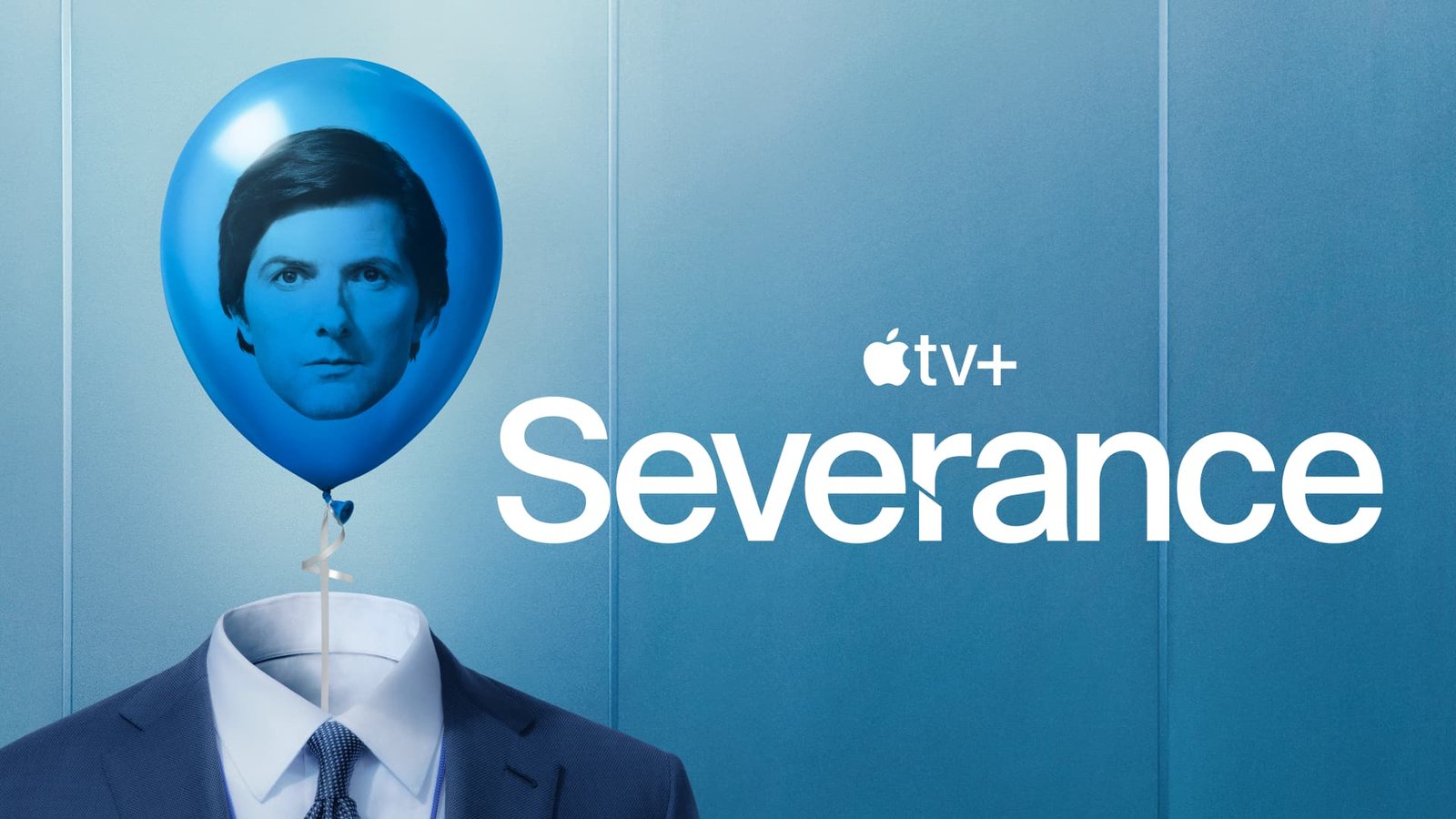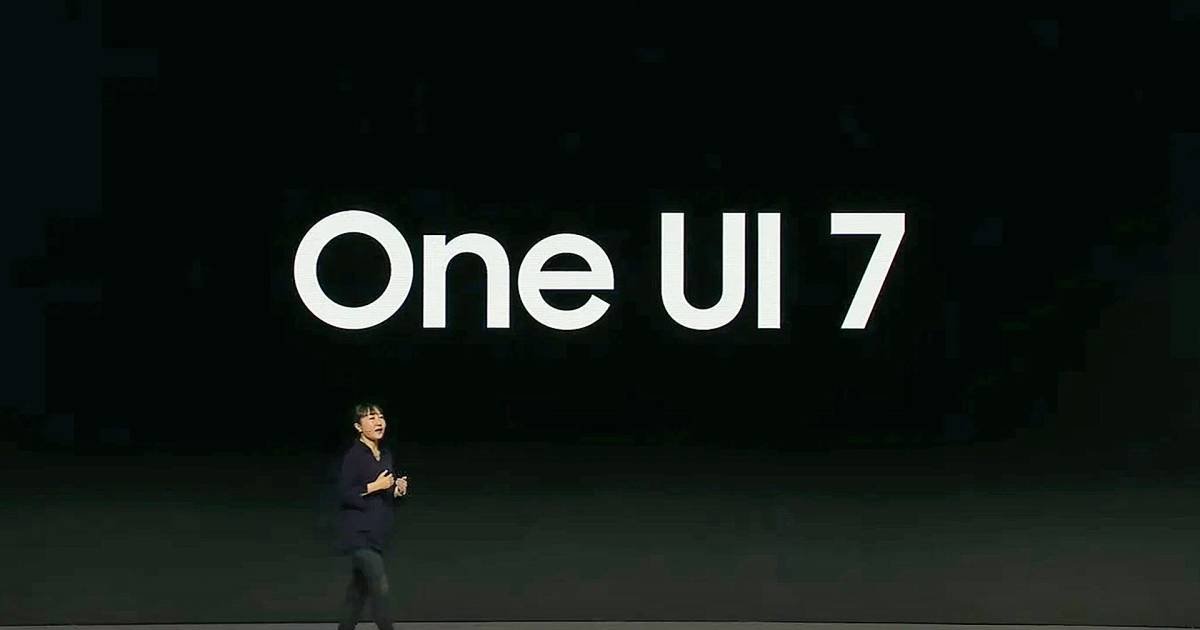As deepfake technology becomes more sophisticated and prevalent across mainstream tech platforms, Google has announced its participation in a coalition aimed at implementing watermarking techniques to distinguish authentic media from those altered or created by artificial intelligence. This move underscores the tech giant’s commitment to enhancing digital content authenticity and combating the spread of misinformation.
Key Highlights:
- Google has aligned with the Coalition for Content Provenance and Authenticity (C2PA), joining other tech behemoths like Adobe, Microsoft, and Intel.
- The initiative focuses on Content Credentials, a digital badge indicating if media was generated or edited by AI.
- Google DeepMind introduced SynthID, a watermarking tool that embeds imperceptible signatures into images, which can still be detected after edits.
- Content Credentials aim to provide a tamper-resistant metadata record, fostering transparency and trust in digital media.

Enhancing Digital Trust with Watermarking
As digital misinformation becomes an increasing concern, especially with the upcoming 2024 election season, Google’s incorporation into the C2PA marks a significant step towards establishing a universal standard for content verification. This initiative seeks to bolster consumer confidence in digital media’s authenticity amidst a surge in AI-generated political deepfakes.
What are Content Credentials?
Initiated by the C2PA, Content Credentials serve as a robust mechanism to certify the origin and integrity of digital content. This includes detailed metadata about the creation, modification, and AI involvement in the media, offering a comprehensive audit trail for verification. Adobe, pioneering the Content Authenticity Initiative, played a crucial role in this endeavor, setting the stage for a collaborative effort to counteract the challenges posed by AI-generated content.
Google’s SynthID: A Step Forward
Google DeepMind’s SynthID represents a technological breakthrough in watermarking, offering a dual-model system that embeds and detects invisible patterns within images. This tool is designed to withstand various manipulations, ensuring that the watermark remains detectable across different scenarios, including screenshots and edits. SynthID’s introduction as an “experimental” tool signifies Google’s proactive approach to learning and adapting its technology in response to evolving digital content challenges.
The Road Ahead
While Google’s initiatives mark significant progress, the path to widespread adoption and effectiveness of these watermarking technologies involves overcoming technical and ethical hurdles. The voluntary nature of Content Credentials and the proprietary aspect of SynthID highlight the need for broader industry collaboration and possibly regulatory involvement to ensure a unified front against digital misinformation.
Summary
Google’s involvement in the AI watermarking coalition and the launch of SynthID are pivotal developments in the fight against deepfakes and digital misinformation. By advocating for transparency and authenticity in digital media, Google and its partners aim to enhance public trust and safeguard the integrity of online content. The collective effort of tech giants in this domain underscores the critical importance of addressing the challenges posed by AI-generated content in today’s digital landscape.

















